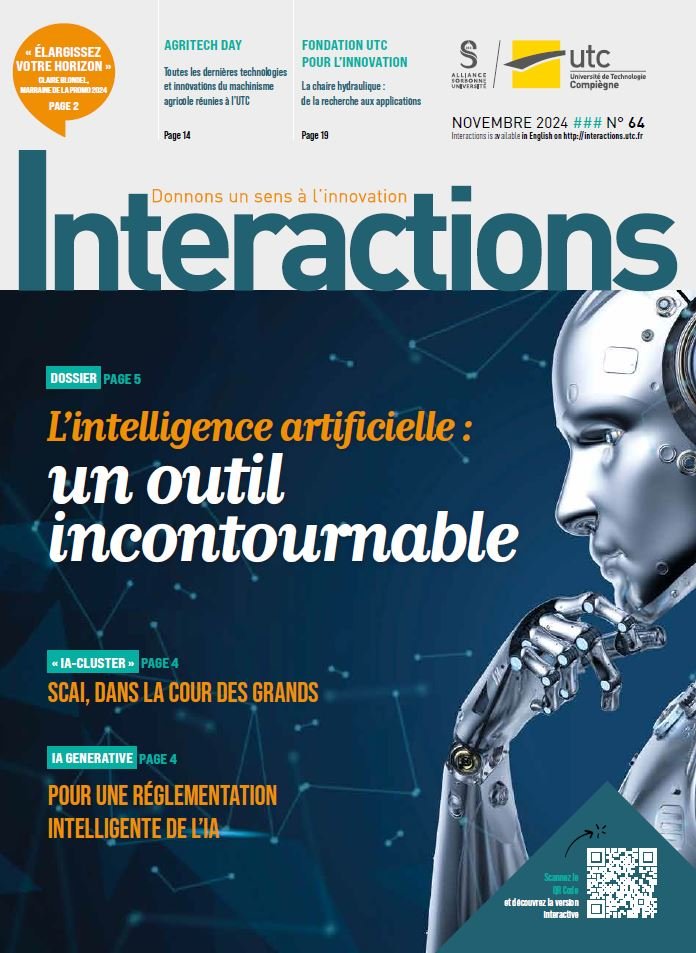A digital revolution in aeronautics

Two UTC undergraduates, Arthur Bouchaud and Clément Chevalier, were awarded 5th Prize in the ‘Air & Cosmos’/Usaire competition, Nov. 25, 2016 for their work in aeronautical innovations made possible by using digital applications. Every year this event, sponsored by major European and American private sector and military companies reward the work of future engineers about some key problems that remain in this field. Year 2015 had as its central theme the environment while 2016 was devoted to digitalization of the aircraft industries.
This A&C/Usaire Award is seen as an encouragement for young engineers who already have a well6engrained aeronautical vocation. Arthur Bouchaud – currently doing a double degree course between UTC/Cranfield University, England – recalls “while in my first year at UTC, I took part in a Caudron C430* reconstruction project with the Circle of Flying Machines association, based at Margny-lès-Compiègne”. The C.430 goes back to, the 1930s. After a year working with SAFRAN, his class-mate Clément Chevalier is now working with THALES. Meeting some of the aircraft engine and airframe members of the Award Jury served to reinforced his list of contacts.
Imagining the future of aeronautics
Our two UTC aeronautics fans gathered a huge amount of documentation, addressed numerous questions to professionals and to UTC Prof. Yann Moulier-Boutang (a specialist of digital economies) to try to have a glimpse of the opportunities for digital technologies and connected objects in these air-space companies and for users. Given the scope of the subject matter, they chose to focus on aircraft maintenance issues, sharing of aircraft among the companies and pilot-less aircraft. In order to improve safety measures via preventive maintenance programmes and to lower overall costs, they imagined a series of sensors that would ensure real-time aircraft in-flight monitoring or a scanner device integrated to a portable pad PC to check all the components involved without requiring dismantling of units. This continuous monitoring of aircraft allows you to envisage more aircraft sharing among companies. As Arthur explains “The number of air transportation passengers is expected to double up in the coming 20–25 years but the operators no longer have the financial capacity to purchase new aircraft. What we imagined was something on the same line of car-sharing and we proposed a share scenario”. The advent of pilotless aircraft is also among the hypotheses examined. “Technically speaking, this is possible, but socially it is not yet deemed acceptable. We would still have to prove mathematically that this mode is safer.” asserts our UTC-GM (mechanical engineering) student. The hypothesis provides a status report on available technologies and also on the legal and/or human factors that are at play when innovations arrive.
/* The Caudron C430 Rafale, a two-seat, monoplane made its maiden flight on May 22, 1934. Jean Mermoz and René Fonck, famed pilots of their time were trained at the Ecole Caudron in the Hauts-de-France. Hundreds of civilian or military planes were produced by Caudron in the last century but only two models of the C430 Rafale.
The “Cercle” in a collaboration with UTC, agreed to rebuild the mythical C430 and the Latécoère 28 on which Jean Mermoz was the first to cross the South Atlantic, May 12, 1930.




